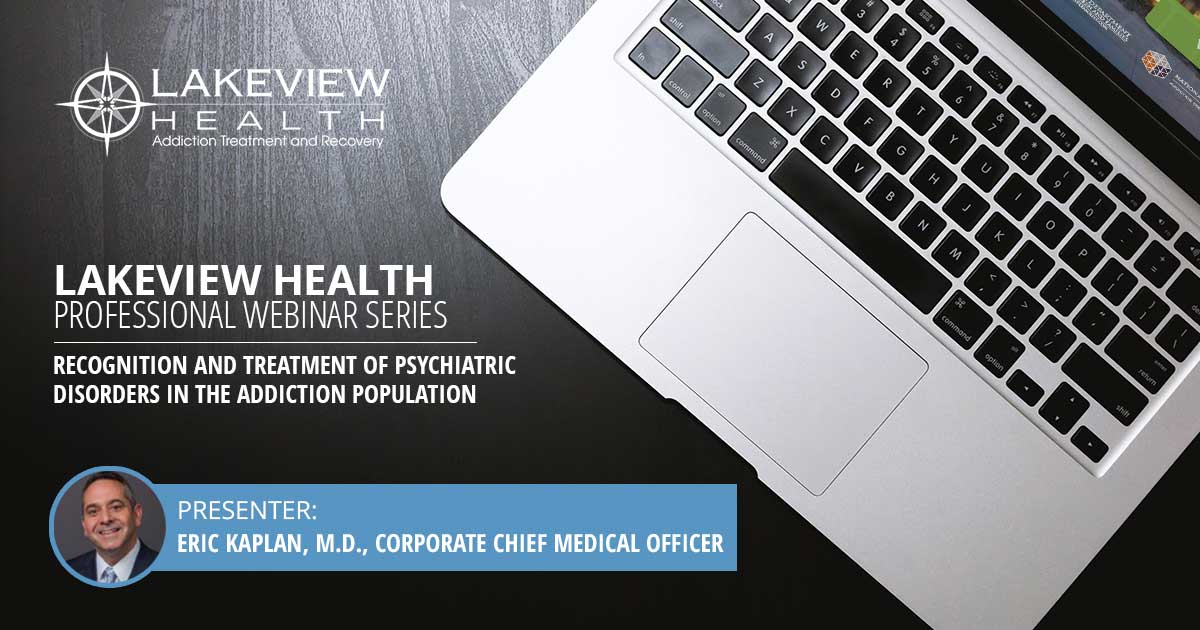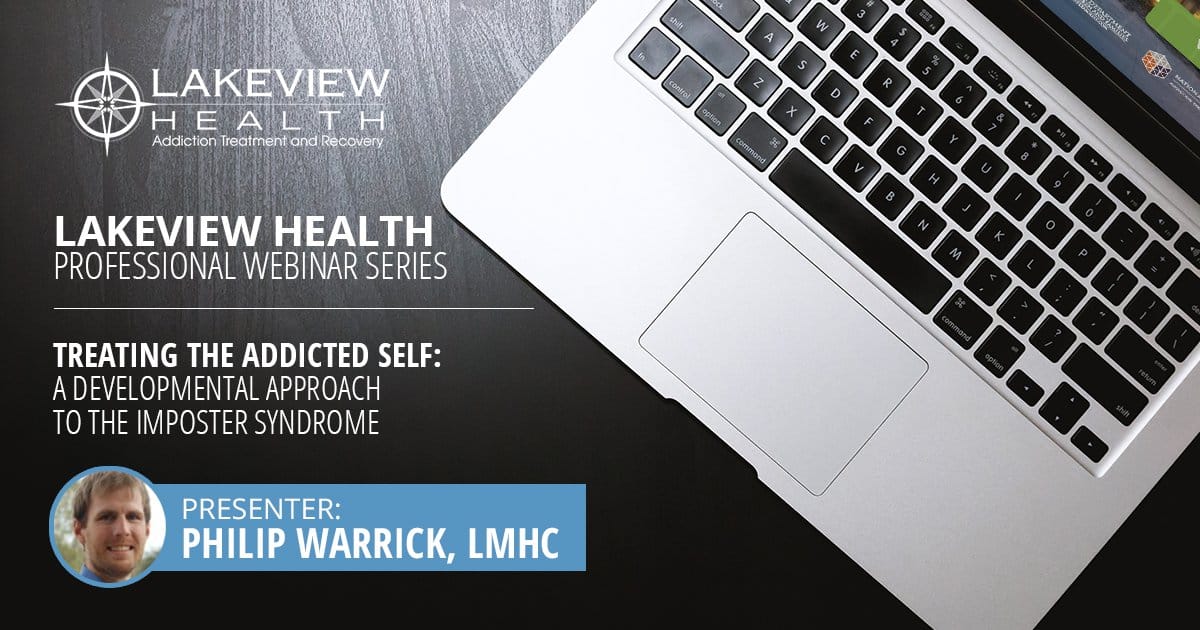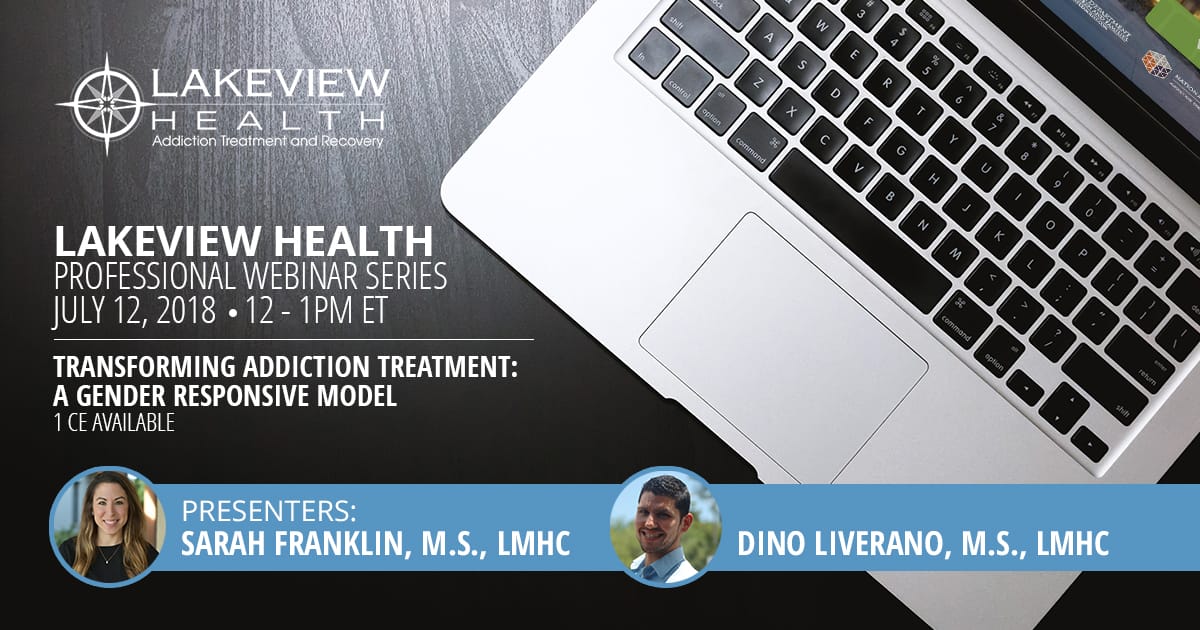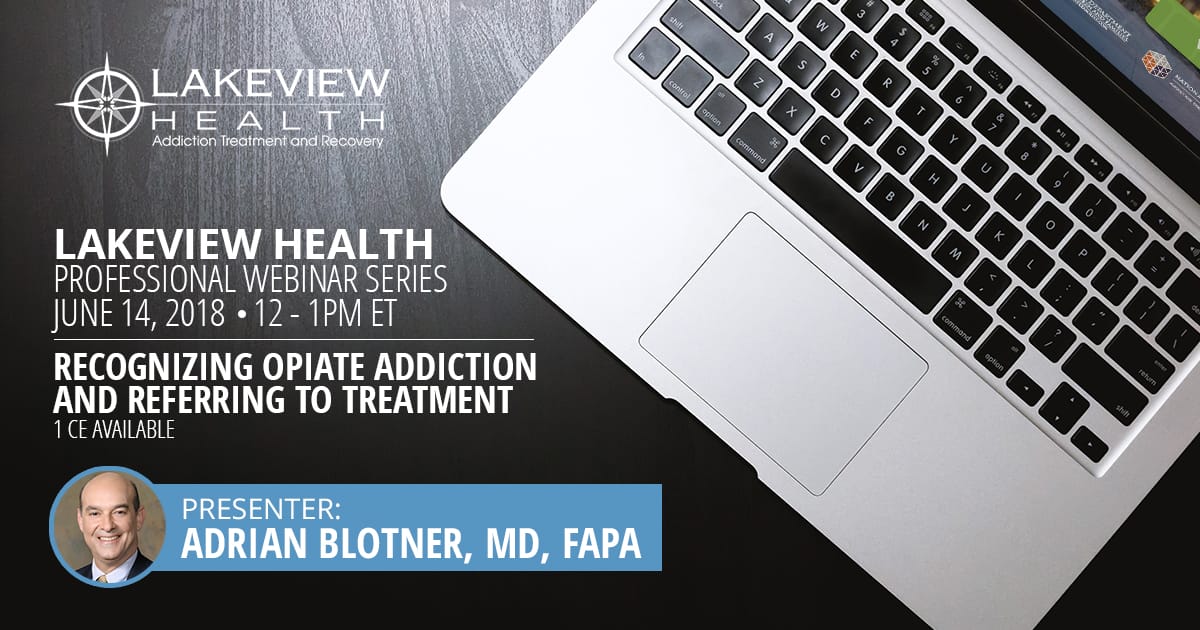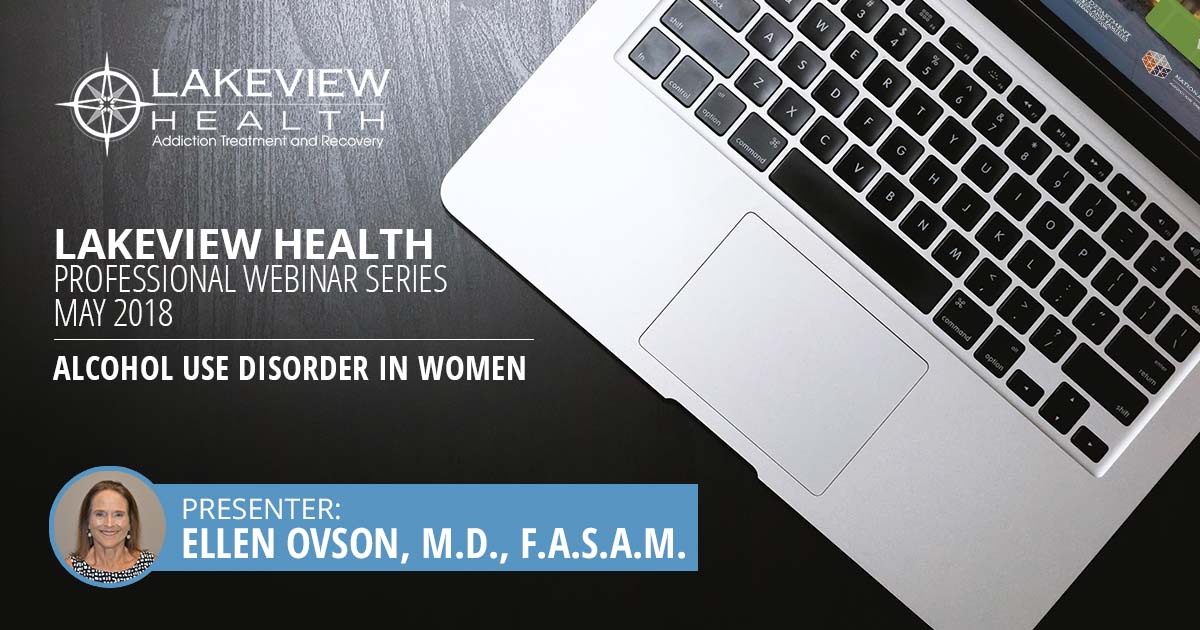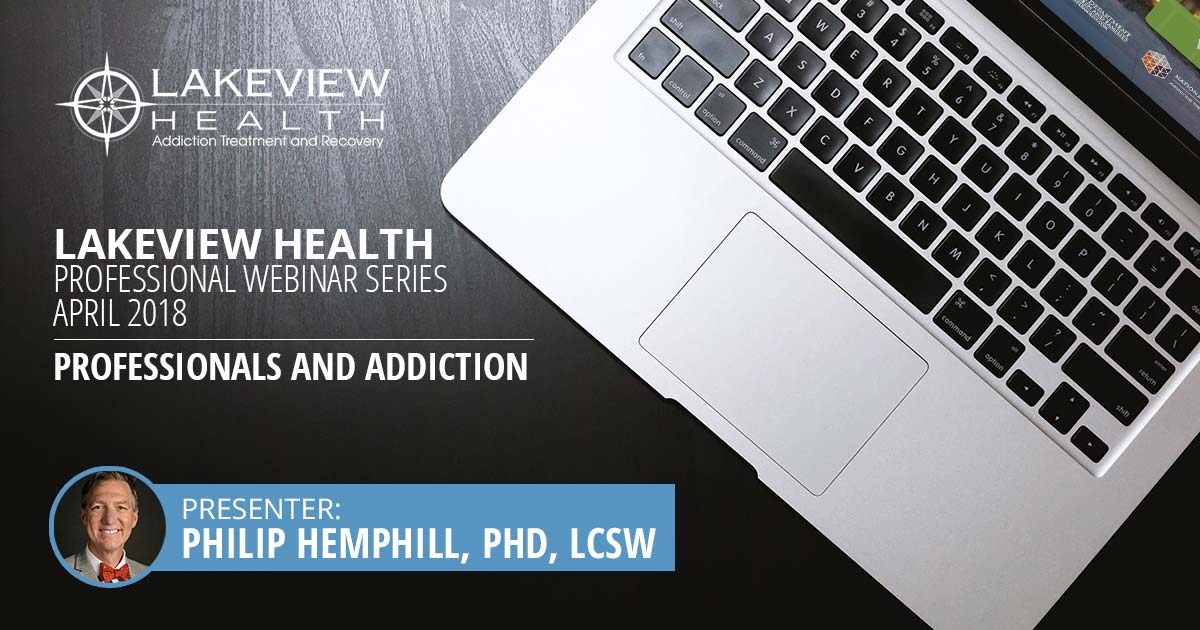

By: Philip Hemphill
Overview:
A growing and converging body of literature is establishing the empirical association between professionals with addiction and safety and quality. Based upon a review of studies, it’s estimated the prevalence of addiction in professionals range between 10-15%. Most recommend three broad approaches to address this public health issue including prevention, addressing it when it occurs in real-time, and dealing with it after a particular incident or series of incidents occur. The focus of this session will be how to assess, treat, and monitor professionals after it is discovered and the importance of prevention. This presentation describes the individuals with addictive behaviors and the numerous direct and indirect costs associated with their behavior, ranging from replacing staff at an estimated cost of between $60,000 and $100,000 to settling a lawsuit. The assessment, treatment, and monitoring of these individuals allow an individual to be rehabilitated with high levels of success as evident by low remission rates, reallocation of resources, and a redirecting of time, attention, and energy of administrators, providers, HR professionals, risk managers, and legal counsel.
Objectives:
- Participants will identify warning signs of professionals whom may be at increased risk for addictive behavior.
- Participants will explore the impact this behavior has on organizations and develops strategies for managing individuals affected by the workplace.
- Participants will gain knowledge of dimensions of assessment, treatment, and monitoring for success in the reintegration process.
